Solar Fence Lights: Merging Aesthetics and Practicality for Yards
In the American yard culture, outdoor spaces blend nature and lifestyle. Decorative outdoor solar garden lights, as an innovative lighting solution, are gaining popularity among U.S. households for their unique advantages. Free from traditional wiring, they strike a perfect balance between decoration and functionality, illuminating yards with charm at night. This guide explores their practical value, offering U.S. users a comprehensive roadmap to creating ideal lightscapes.
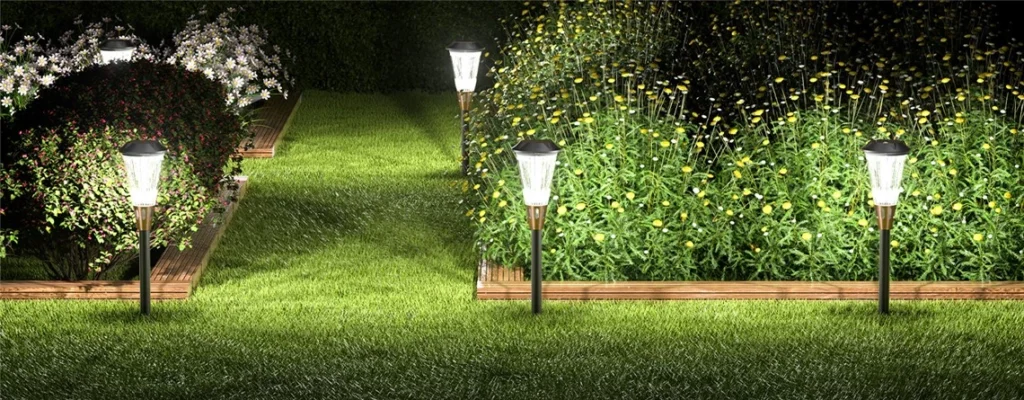
Core Value: Balancing Decoration and Functionality
For most American families, yards are not just leisure spaces but reflections of personal taste. Decorative outdoor solar garden lights excel in subtly balancing decoration and functionality, effortlessly meeting dual household needs.
Functionality: In suburban U.S. homes with expansive yards, fences mark boundaries where lighting enhances safety. As autumn and winter evenings darken early, solar lights automatically illuminate, guiding late-returning family members and deterring security risks. In Texas suburban communities, installing these lights at fence corners and entrances has reduced nighttime safety incidents by nearly 40%, per local data.
Decoration: With designs ranging from sleek modern to rustic pastoral, solar lights complement diverse yard aesthetics. California designer Jennifer notes, “Modern families prefer ‘design-less’ decor. Solar fence lights blend seamlessly into yards by day and create ambiance at night.” From New England’s colonial-style yards to Southwestern Mediterranean homes, there’s a fitting solar light style. Advanced solar technology ensures bright illumination while soft lighting and optimized angles transform functional lighting into decorative lightscapes, merging utility with beauty.
Light and Plant Interplay: Elevating Ambiance
American yards emphasize plant landscapes, and the interplay of solar lights with plants can transform nighttime aesthetics into a layered, artistic light gallery.
Shrub and Spotlight Pairing: Common shrubs like hydrangeas and holly are ideal for light interplay. The placement and angle of solar spotlights significantly affect the effect. At an Ohio horticultural show, designers showcased the “sandwich lighting method”: three spotlights at low, medium, and high angles on fences illuminate shrubs. Low angles highlight base contours, medium angles emphasize plant forms, and high angles outline tops, creating a 3D effect. Dense shrubs suit 15–20-lumen warm spotlights to avoid messy light spots, while sparse shrubs pair with 30-lumen neutral lights for a natural, openwork effect on fences. New Jersey enthusiast Mark shares, “Adjustable-angle solar spotlights with my azalea bushes create varied effects—soft and cozy in spring blooms, starkly poetic with winter branches.”
Vine and String Light Design: Vines like wisteria, grapevines, or clematis climbing along fences are perfect for solar string lights, creating romantic nighttime vibes ideal for gatherings. In Long Island’s coastal homes, string lights are woven along vine growth, fixed every 30 cm to avoid light pollution. Horticulturists advise preserving vines’ natural arcs for flowing light effects. For annual vines, detachable hook-style string lights ease seasonal swaps; perennial vines suit embedded solar lights for long-term symbiosis. Warm yellow lights enhance green leaves’ vibrancy, while cool white lights boost flowering vines’ color saturation. In Florida, pairing string lights with bougainvillea creates striking red blooms under warm light, a highlight in many yards.
Hidden Solar Panel Design: Beauty Meets Efficiency
Solar panel placement and design impact both aesthetics and power efficiency. Hidden designs integrate panels into yards while maintaining high performance.
Garden Feature Integration: Yard elements like rockeries, sculptures, or planters offer perfect concealment for panels. In a Pennsylvania case, panels were embedded in a rockery beside a fence, tilted at 35° (optimal for the region) and camouflaged with stone-like covers, invisible yet efficient. Planter-integrated panels, placed on sides or tops with sun-loving plants, provide camouflage and boost light exposure. Washington’s eco-housing projects report 15% higher solar efficiency with this method, plus improved yard aesthetics. For sculpture-decorated fences, panels as rotatable sculpture bases adjust to seasonal sun angles, shedding industrial vibes to become organic yard elements.
Nature-Mimicking Panel Shapes: Panels now mimic natural elements like leaves, stones, or bark textures, blending into yards. A California company’s maple-leaf panels, with vein-like designs optimizing light refraction, boost efficiency and blend with greenery for a near-invisible effect. For modern yards, geometric panels form decorative fence patterns, meeting power needs while enhancing aesthetics, a trend in Chicago’s modern communities.
Seasonal Adjustments for Sunlight Variations
The U.S.’s vast geography means significant seasonal sunlight variations, requiring adjustments to ensure consistent solar light performance.
Spring and Fall Angle Tweaks: In spring and fall, ideal sunlight conditions require angle adjustments for optimal capture. Experts recommend setting panels at local latitude plus 5° in spring (March–May) and minus 5° in fall (September–November). For New York (40°N), spring settings at 45° and fall at 35° maximize sunlight. Fixed lights use adjustable brackets, recalibrated with a level; movable lights shift south in spring and north in fall. Colorado expert Thomas advises, “Spring and fall winds require checking fixture stability post-adjustment. Clear pollen and leaves from panels, as they cut efficiency by over 20%.”
Winter Endurance Boost: Winter’s short days and cold challenge battery life. Northern U.S. users can enhance endurance by clearing snow from panels with soft brushes to avoid scratches. Set panel angles to latitude plus 15–20° (e.g., 60–65° in Minnesota, ~45°N) to capture low-angle sunlight. Some high-end models auto-adjust angles, ideal for cold regions. Switching to “eco-mode” reduces brightness or duration, prioritizing key areas. Pennsylvania users report eco-mode extends winter runtime by 3–4 hours. In extreme cold, insulated panel covers or freeze-resistant batteries (retaining 70% capacity at -20°C) address performance issues in northern states.
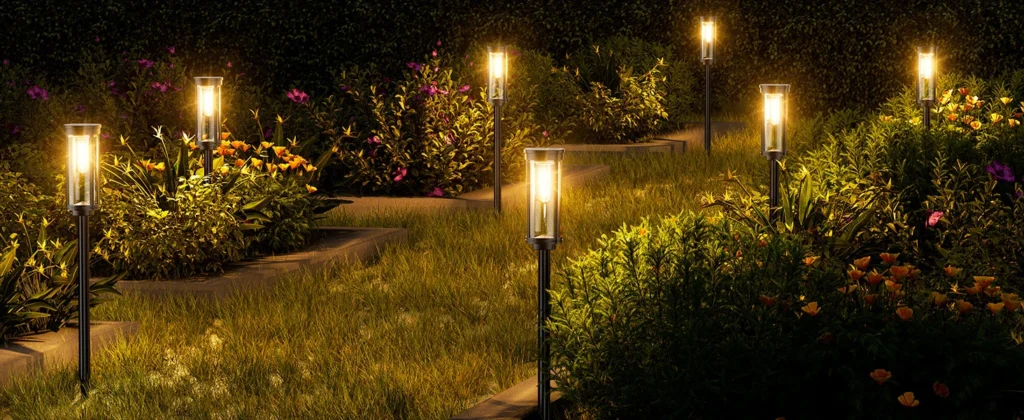
Low Light Pollution Design: Eco-Friendly Principles
With strong U.S. environmental awareness, low light pollution is a key consideration. Thoughtful solar light designs minimize ecological impact while illuminating.
Anti-Glare Shade Selection: Anti-glare shades are critical, with the U.S. Lighting Association recommending shades with over 30° shielding to prevent skyward light pollution. In Florida’s eco-communities, such designs protect nocturnal wildlife like sea turtles. Frosted glass or opaque acrylic diffuses light softly, maintaining brightness without glare. Deep-shade designs control light direction. In bird-active areas, infrared-sensing shades boost brightness only when motion is detected, staying dim otherwise. Oregon wildlife tests show a 60%+ reduction in bird-fence collisions with such designs.
Nighttime Light Zone Control: Controlling light zones balances illumination and waste. Install lights at 1.2–1.5 meters to focus light within 1–3 meters of fences. Directional spotlights target key areas like entrances or steps, while diffuse lights create soft leisure zones. California’s eco-yards use “light-dark alternation” to ensure safety while preserving dark wildlife corridors. Smart sensors adjust brightness dynamically, cutting light output by over 50% compared to constant lights, significantly reducing pollution.
Conclusion: Niche Utility with Broad Appeal
While not mainstream, decorative outdoor solar garden lights carve a unique niche in American yard design by addressing specific needs. From balancing utility and aesthetics to leveraging light-plant interplay, hidden designs, seasonal adaptability, and eco-friendly principles, they reflect deep user-centric innovation.
For U.S. users seeking personalized yard designs, these lights offer an upgrade without complex installation. Wire-free, they enable flexible lighting; blending decor and utility, they enhance beauty and safety; adaptive to seasons, they ensure year-round reliability; eco-conscious, they align with modern values. Amid rising energy costs and environmental awareness, their value shines—saving electricity, reducing emissions, and fitting diverse settings from suburban homes to urban townhouses. As solar technology advances, these lights will improve in efficiency, design, and smarts, offering U.S. users a lighting solution that’s both a practical choice and a statement of sustainable living.

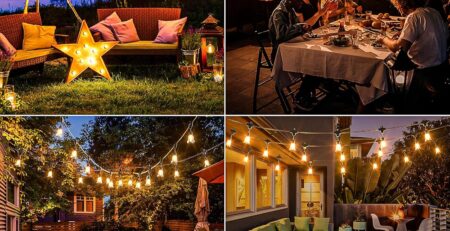
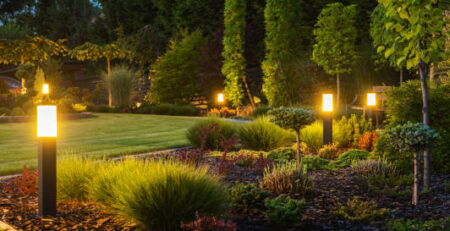
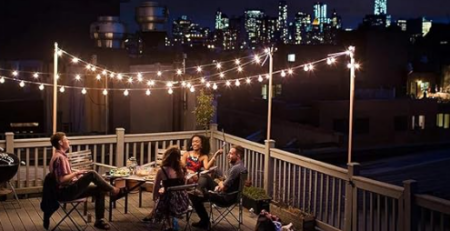
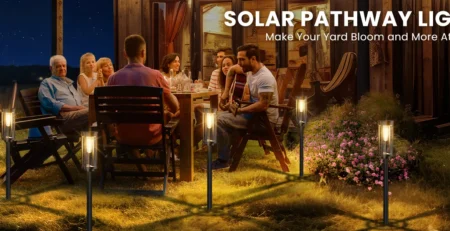


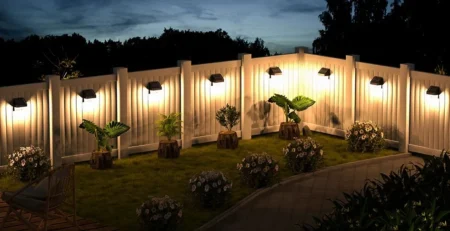
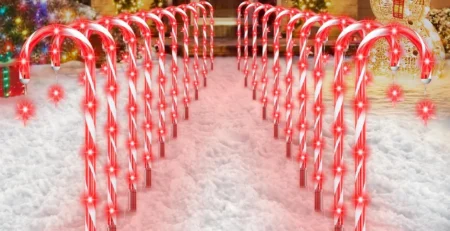
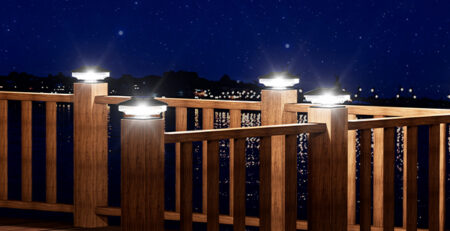
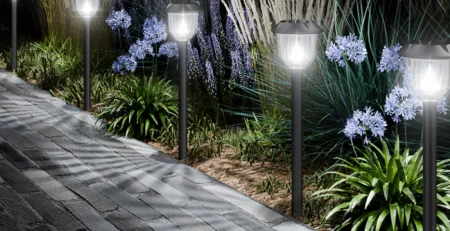
Leave a Reply